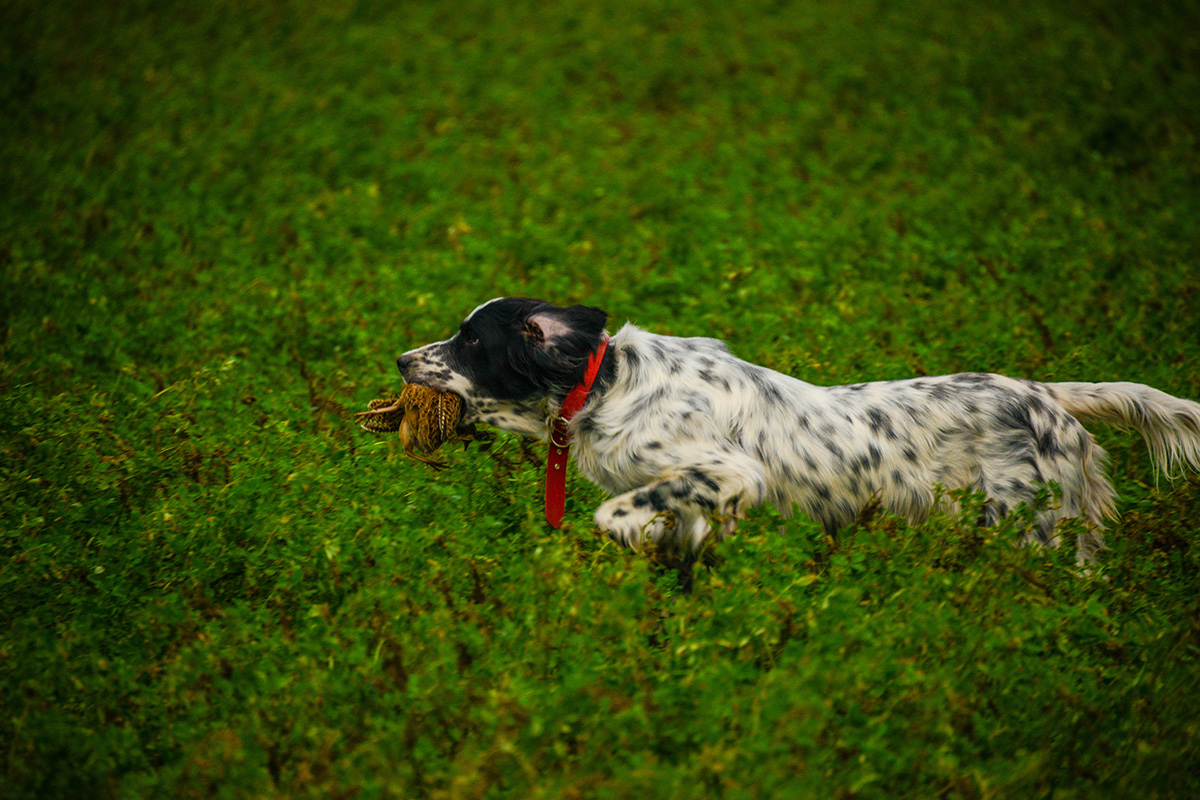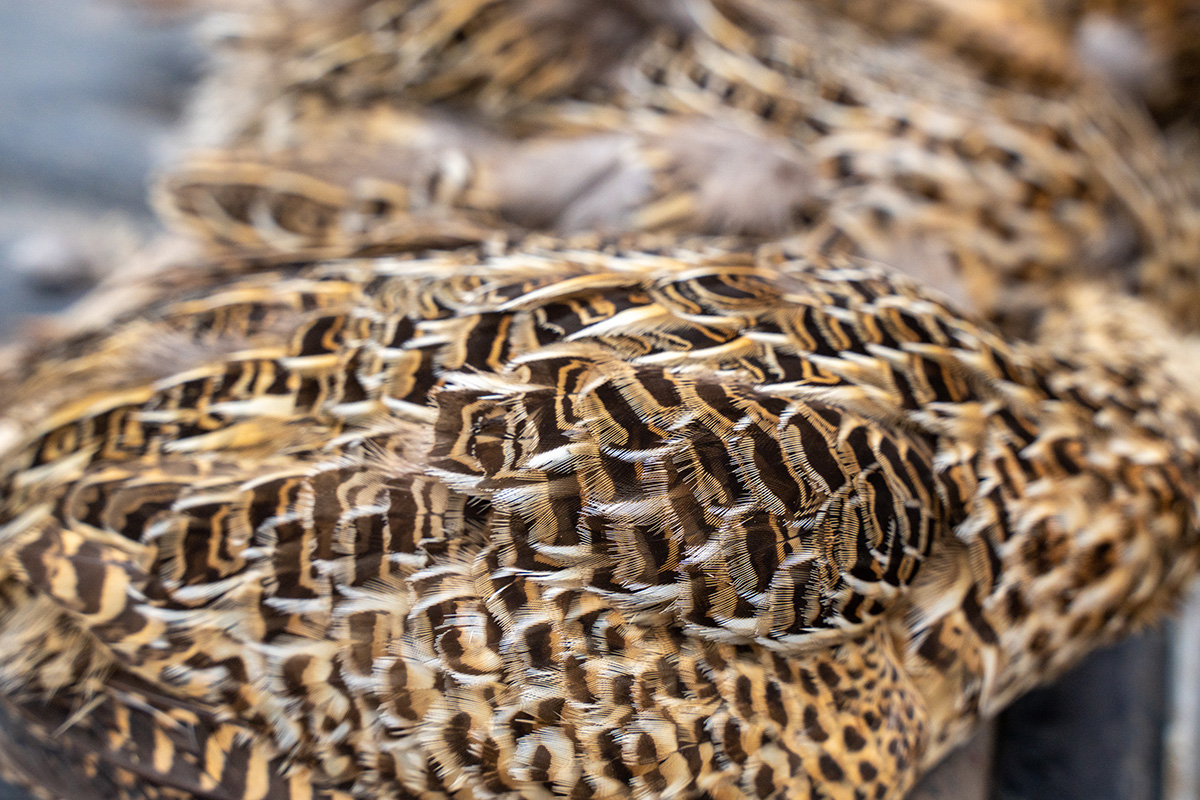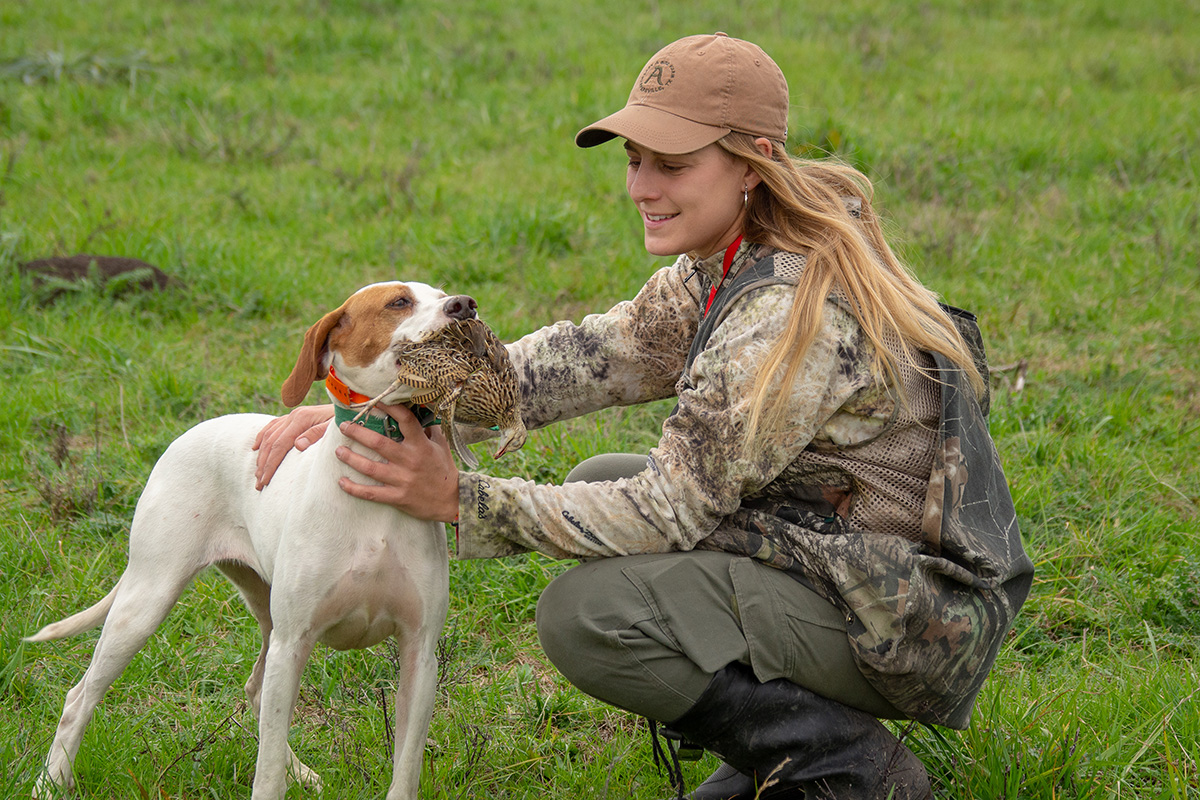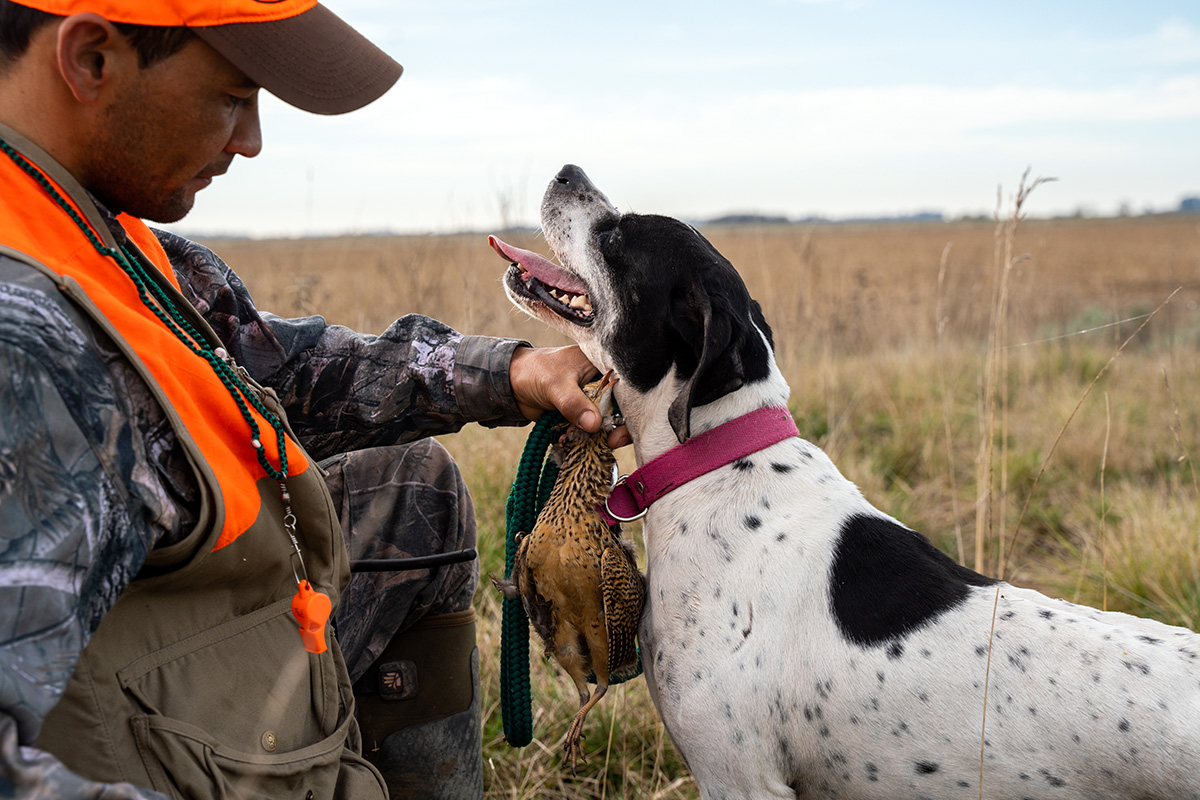Perdiz Hunting in South America: Traditional Upland Shooting with World-Class Dog Work
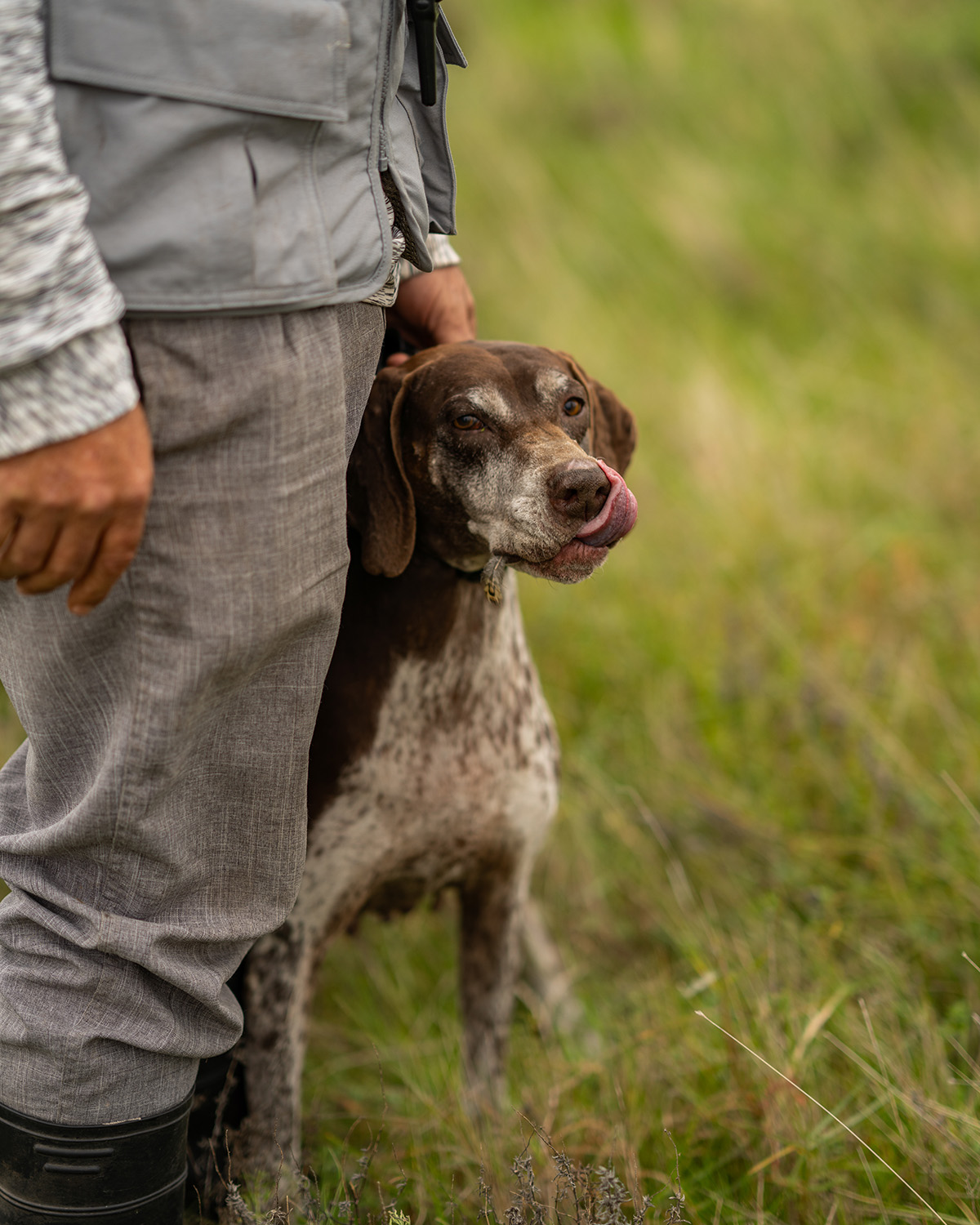
Among the many celebrated bird hunting experiences in South America—high-volume dove shooting in Córdoba, duck blinds in the flooded grasslands, or the fast-paced pigeon shoots—Perdiz hunting remains a lesser-known but highly rewarding option. It’s not that the bird is hard to find, or that the hunting is subpar. In fact, it’s quite the opposite. Perdiz offers a more traditional, upland-style experience that adds dimension and variety to a shooting trip. For some hunters, it can be the most satisfying part of the week.
Why Don’t More People Talk About Perdiz?
There’s a simple answer: limits. In much of Argentina, the daily bag for Perdiz is capped at eight birds per hunter, and in Uruguay, it’s ten. For a traveler accustomed to burning through cases of shells on a dove field, this can seem anticlimactic. When you’ve come all this way, why spend time on a species that might be done and dusted before lunch is over?
Simply put, Perdiz hunting isn’t about quantity. It’s about the quality of shooting, of dog work, and of the overall field experience.
The Style of the Hunt
Perdiz are hunted over pointing dogs in a walk-up style that will feel very familiar to upland hunters in the U.S. It’s similar to chasing pheasants in Kansas, Huns in Alberta, or sharptails in Montana. A small group of hunters walks a field behind experienced handlers running well-trained pointers (often English or German breeds). The dogs work cover methodically, go on point when a bird is located, and a flusher is then sent in to produce the bird.
The flush is sudden and unpredictable. Perdiz generally rise as singles or doubles, and their flight can be explosive and erratic—straight up, hard angles, sometimes even behind you. It’s quick shooting that rewards reflexes, footwork, and focus.
Compared to standing in a blind or rotating around a dove field, this is a more physical hunt. You’re on your feet and moving for an hour or two in the morning, but the terrain is gentle. For most guests, it’s well within reason and adds a welcome sense of movement and involvement.
The Dogs Steal the Show
Ask anyone who’s done it—the real highlight of a Perdiz hunt is watching the dogs. There’s something deeply gratifying about walking behind a well-trained pointer working a field, locking up on scent, then seeing a flusher kick up the bird and retrieve it cleanly to hand. You don’t have to be a dog handler to appreciate the skill and discipline involved. For many hunters, it’s a throwback to why they fell in love with wingshooting in the first place.
Perdiz hunting lets the dogs shine in a way that pigeon or dove hunting simply doesn’t. It brings the sporting tradition full circle—hunter, dog, and bird working in harmony.
Who Should Consider a Perdiz Hunt?
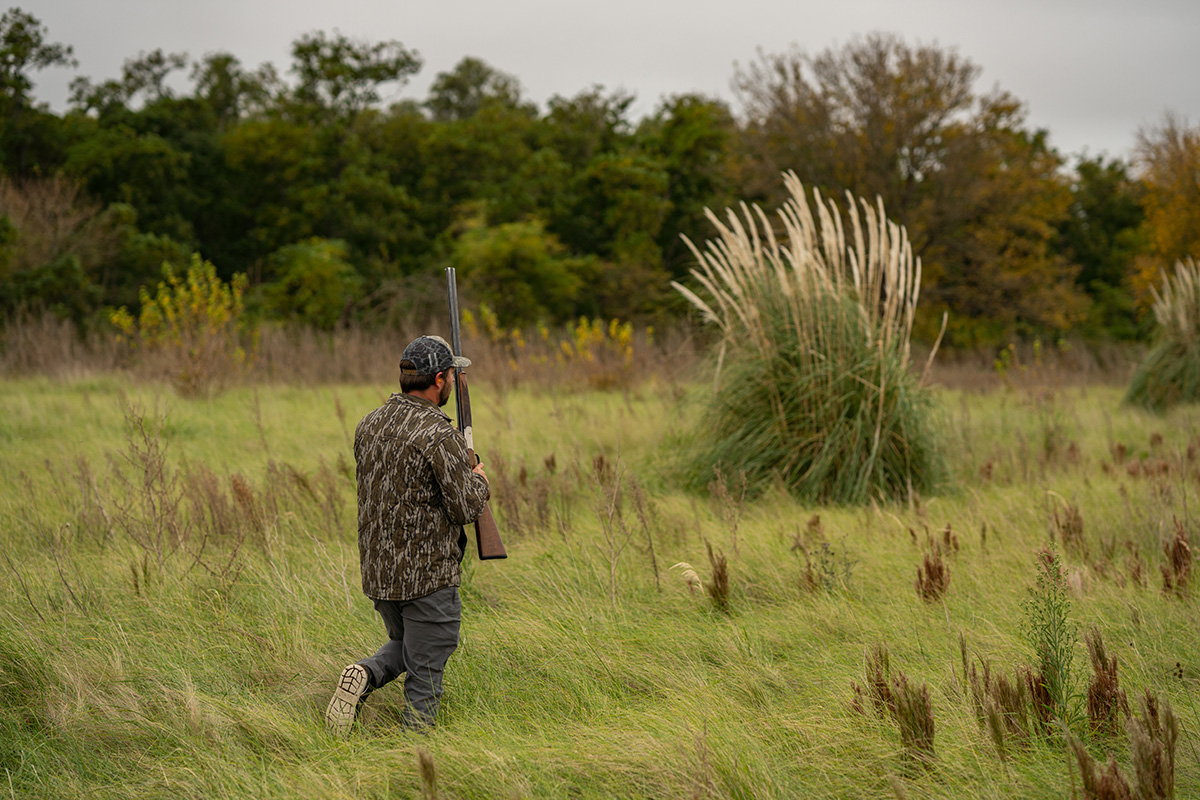
Perdiz hunting is perfect for:
- Upland hunters who want something familiar yet exotic.
- Mixed bag enthusiasts who want to diversify their shooting trip beyond doves and ducks.
- New South America travelers looking for variety and classic sporting style.
- Dog lovers who enjoy the full narrative of the hunt, in addition to the pull of the trigger.
It’s also a great option for pairs or smaller groups, and it naturally encourages more deliberate shooting—something many wingshooters come to appreciate more with age and experience.
The Role of Perdiz in a Mixed Bag Hunt

Because of the lower bag limits, Perdiz is almost always offered as part of a mixed-bag itinerary. You might spend one morning walking fields for Perdiz, then follow it up with an afternoon of doves or ducks. That variety is part of what makes South America so unique in the world of bird shooting.
There’s real value in the contrast. After a frenzied shoot for doves where you’re going through hundreds of shells, slowing down for a classic, walk-up hunt puts everything in perspective. It reminds you that the best shooting trips are about more than numbers.
Final Thoughts

For those willing to trade quantity for connection, Perdiz is one of the most underrated bird hunts in South America. It’s a style of shooting rooted in tradition, carried out alongside some of the best dog work you’ll see anywhere in the world. And it fits seamlessly into a larger itinerary, especially for those who want more variety.
You may not shoot the most birds on a Perdiz hunt—but you just might remember it as the best part of your trip. Contact Elaine Wissolik, our expert in South American Wingshooting, for more information on Perdiz hunts.





